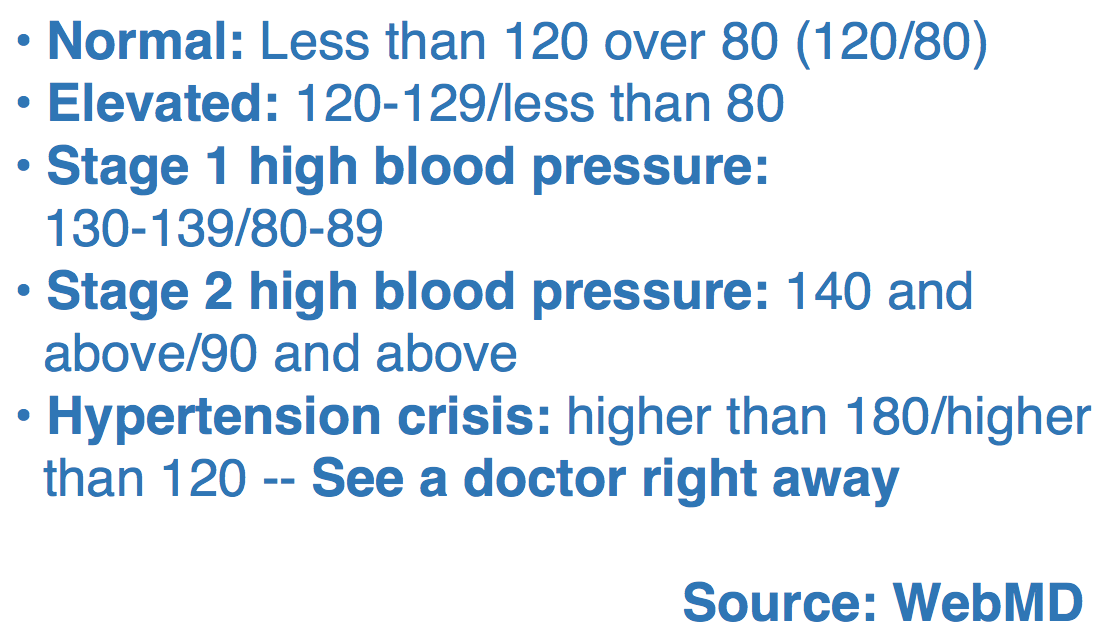
Ask your doctor for a larger cuff or make sure you buy a home monitor with a cuff that fits you. If your arm is too big for the cuff, the reading may be higher than your blood pressure really is.

The stress of being in a doctor's office raises your blood pressure, but when you're home, it's normal.Īsk your doctor to recommend an easy-to-use home blood pressure monitor. Box Office: ‘Spider-Man: No Way Home’ Swinging to Massive $240 Million-Plus Debut After Record-Breaking Opening Day Hits 'keep coming': Hospitals struggle as COVID beds fill | AP News WHO: Omicron detected in 89 countries, cases doubling fast | AP NewsĬontinuedYour doctor may also suggest that you check your pressure at home if they think you may have"white coat hypertension." It's a real condition. This helps you and your doctor find out if your treatment is working. You'll also need to make lifestyle changes and see the doctor again in a month.Checking Blood Pressure at HomeKeeping track of blood pressure at home is important for many people, especially if you have high blood pressure. If you have stage 2 hypertension- 140/90 or higher - you’ll likely get medication. It depends on what other health conditions or risk factors you have. Or they could tell you to make the changes and give you medication, then recheck your condition in a month. If you have stage 1 hypertension- 130-139 over 89-90 - the doctor might suggest lifestyle changes and see you again in 3-6 months. They will probably recommend lifestyle changes like moreand a better diet. If your blood pressure is elevated- a systolic blood pressure between 120 and 129 or diastolic blood pressure of less than 80 - your doctor will probably want to check it every 3-6 months. For example, your numbers may be"120 over 80" or written as 120/80.When to Check Blood PressureIf your blood pressure is normal(less than 120/80), get it checked every year, or more often as your doctor suggests. In a blood pressure reading, the systolic number always comes first, and then the diastolic number. The point where this noise goes away marks the diastolic blood pressure. As the cuff deflates, the first sound they hear through the stethoscope is the systolic blood pressure.

They’ll inflate the cuff to a pressure higher than your systolic blood pressure, and it will tighten around your arm. Some cuffs go around the forearm or wrist, but often they aren't as accurate.Your doctor or nurse will use a stethoscope to listen to the blood moving through your artery. The person taking your blood pressure wraps the cuff around your upper arm.
#Webmd blood pressure chart update
NASA Sets Coverage, Invites Public to View Webb Telescope Launch Viral TikTok school threat rumors: Students arrested nationwide as officials track down social media posts ‘Spider-Man: No Way Home’ Scores 2nd Best Opening Day Of All Time With $121M, 3-Day Now Between $242M-$247M+ – Saturday Update Your doctor may want you to have several blood pressure readings over time, to check if it’s consistently too high.How Blood Pressure Is MeasuredA doctor or nurse will measure your blood pressure with a small gauge attached to an inflatable cuff.

One reading may not be enough to diagnose.
#Webmd blood pressure chart how to
Do you often wonder what your blood pressure numbers mean? Knowing how to decipher your reading could save your life.Ĭonfused by blood pressure numbers? Learn more about normal ranges for systolic and diastolic blood pressure readings in this in depth explanation with chart from WebMD.


 0 kommentar(er)
0 kommentar(er)
